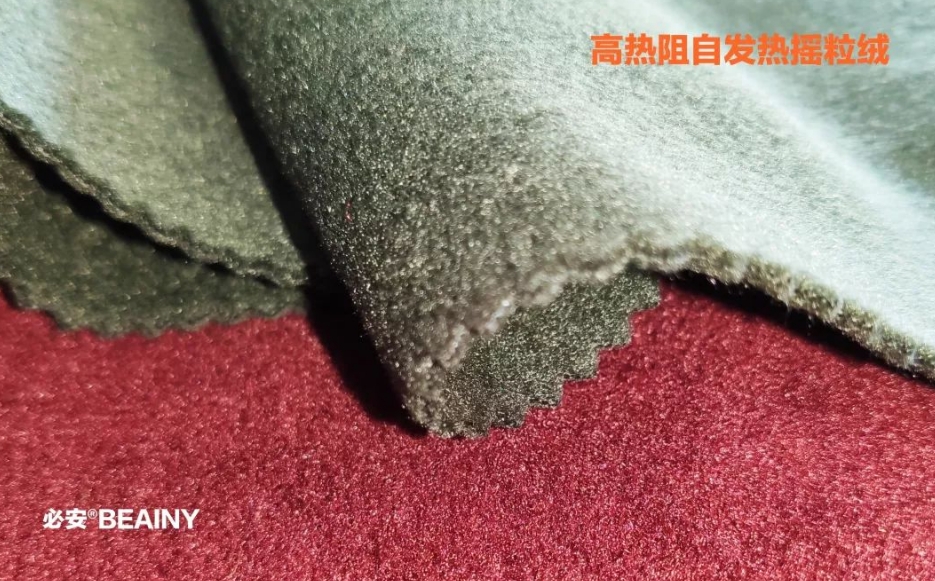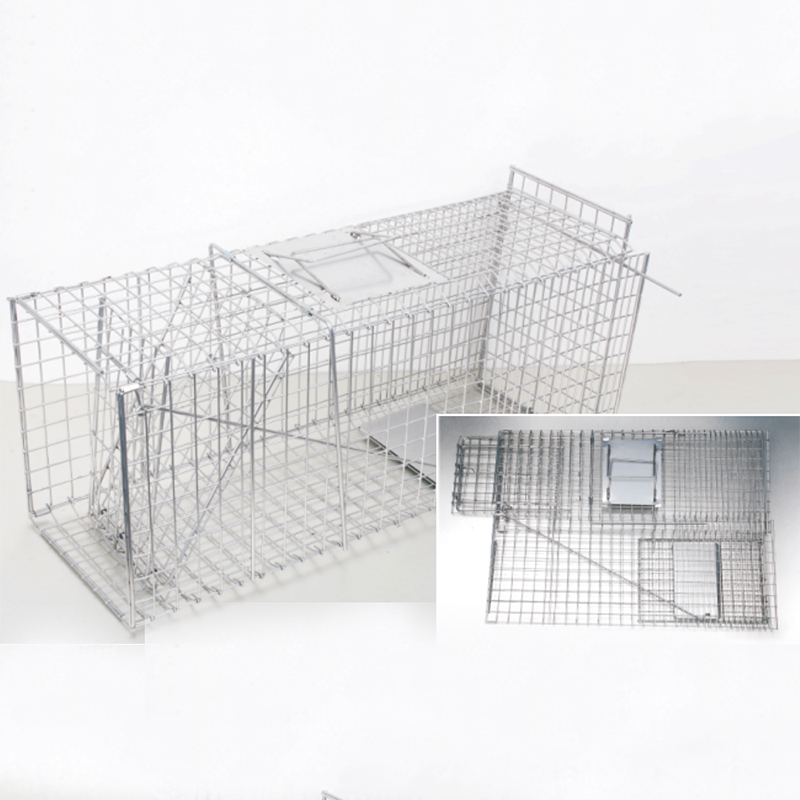In the realm of temperature regulation and freeze protection, heating cables have emerged as an indispensable solution across various industries. These versatile cables are designed to provide heat through resistance and can be used for a multitude of applications ranging from pipe heating to roof de-icing. As the demand for reliable and efficient heating solutions grows, it becomes essential to understand the different types of heating cables available in the market.

Self-Regulating Heating Cables
One of the most advanced and adaptable options is self-regulating heating cables. These cables are engineered to adjust their heat output based on the surrounding temperature. This is achieved through a special conductive polymer core that changes its resistance in response to temperature variations. Self-regulating cables are energy-efficient as they reduce heat as the temperature rises, preventing overheating and minimizing energy consumption. They are ideal for use in areas that require precise temperature control, such as water pipes, roofs, and outdoor walkways.
Constant Wattage Heating Cables
Constant wattage heating cables deliver a consistent heat output along their entire length, regardless of the ambient temperature. These cables are made with a resistive wire that maintains a uniform wattage, making them suitable for applications that need steady and continuous heat. They are simpler in design compared to self-regulating cables and are often used for industrial purposes, such as maintaining process temperatures for liquids in pipes or tanks.
Mineral Insulated Heating Cables
For high-temperature applications, mineral-insulated heating cables are the go-to choice. These cables comprise a metal sheath that encases a resistive heating element surrounded by highly conductive mineral insulation, usually magnesium oxide. This construction allows them to withstand extreme temperatures, making them perfect for use in industrial furnaces, heat treating, or where high-temperature maintenance is crucial.
Series Resistance Heating Cables
Series resistance heating cables are similar to constant wattage cables but are designed for long circuit lengths. These cables have a single resistive wire that runs the full length of the cable, and the voltage is applied across the entire length. They are typically used in large-scale industrial applications where a substantial amount of heat is required over a considerable distance, such as pipeline heating in oil and gas industries.
Skin-Effect Heating Cables
Skin-effect heating cables are specialized for long-distance heating requirements. These systems utilize an alternating current that flows mainly in the outer skin of the conductor. The skin effect reduces the effective resistance of the cable at high frequencies, which allows for efficient heat generation over long distances. This heating cable type is often used to maintain temperatures in pipelines that span several kilometers.
Each type of heating cable comes with its own set of characteristics and is suited for specific applications. As technology advances, manufacturers are continually enhancing the capabilities of heating cables to meet the evolving needs of consumers. Buyers need to assess their requirements carefully and choose the appropriate type of heating cable to ensure optimal performance and efficiency.
The heating cable industry is poised for growth as the need for temperature maintenance solutions expands in both residential and commercial sectors. With a better understanding of the various heating cables, consumers can make informed decisions that lead to safer, more energy-efficient environments. Whether for protecting pipes from freezing in winter or ensuring consistent temperatures in industrial processes, heating cables play a critical role in modern infrastructure.

 English
English Español
Español Português
Português русский
русский français
français 日本語
日本語 Deutsch
Deutsch Tiếng Việt
Tiếng Việt Italiano
Italiano Nederlands
Nederlands ไทย
ไทย Polski
Polski 한국어
한국어 Svenska
Svenska magyar
magyar Malay
Malay বাংলা
বাংলা Dansk
Dansk Suomi
Suomi हिन्दी
हिन्दी Pilipino
Pilipino Türk
Türk Gaeilge
Gaeilge عربى
عربى Indonesia
Indonesia norsk
norsk اردو
اردو čeština
čeština Ελληνικά
Ελληνικά Українська
Українська Javanese
Javanese فارسی
فارسی தமிழ்
தமிழ் తెలుగు
తెలుగు नेपाली
नेपाली Burmese
Burmese български
български ລາວ
ລາວ Latine
Latine Қазақ
Қазақ Euskal
Euskal Azərbaycan
Azərbaycan slovenský
slovenský Македонски
Македонски Lietuvos
Lietuvos Eesti Keel
Eesti Keel Română
Română Slovenski
Slovenski मराठी
मराठी Српски
Српски 简体中文
简体中文 Esperanto
Esperanto Afrikaans
Afrikaans Català
Català עִברִית
עִברִית Cymraeg
Cymraeg Galego
Galego 繁体中文
繁体中文 Latvietis
Latvietis icelandic
icelandic יידיש
יידיש Беларус
Беларус Hrvatski
Hrvatski Kreyòl ayisyen
Kreyòl ayisyen Shqiptar
Shqiptar Malti
Malti lugha ya Kiswahili
lugha ya Kiswahili አማርኛ
አማርኛ Bosanski
Bosanski Frysk
Frysk ជនជាតិខ្មែរ
ជនជាតិខ្មែរ ქართული
ქართული ગુજરાતી
ગુજરાતી Hausa
Hausa Кыргыз тили
Кыргыз тили ಕನ್ನಡ
ಕನ್ನಡ Corsa
Corsa Kurdî
Kurdî മലയാളം
മലയാളം Maori
Maori Монгол хэл
Монгол хэл Hmong
Hmong IsiXhosa
IsiXhosa Zulu
Zulu Punjabi
Punjabi پښتو
پښتو Chichewa
Chichewa Samoa
Samoa Sesotho
Sesotho සිංහල
සිංහල Gàidhlig
Gàidhlig Cebuano
Cebuano Somali
Somali Точик
Точик O'zbek
O'zbek Hawaiian
Hawaiian سنڌي
سنڌي Shinra
Shinra հայերեն
հայերեն Igbo
Igbo Sundanese
Sundanese Lëtzebuergesch
Lëtzebuergesch Malagasy
Malagasy Yoruba
Yoruba









